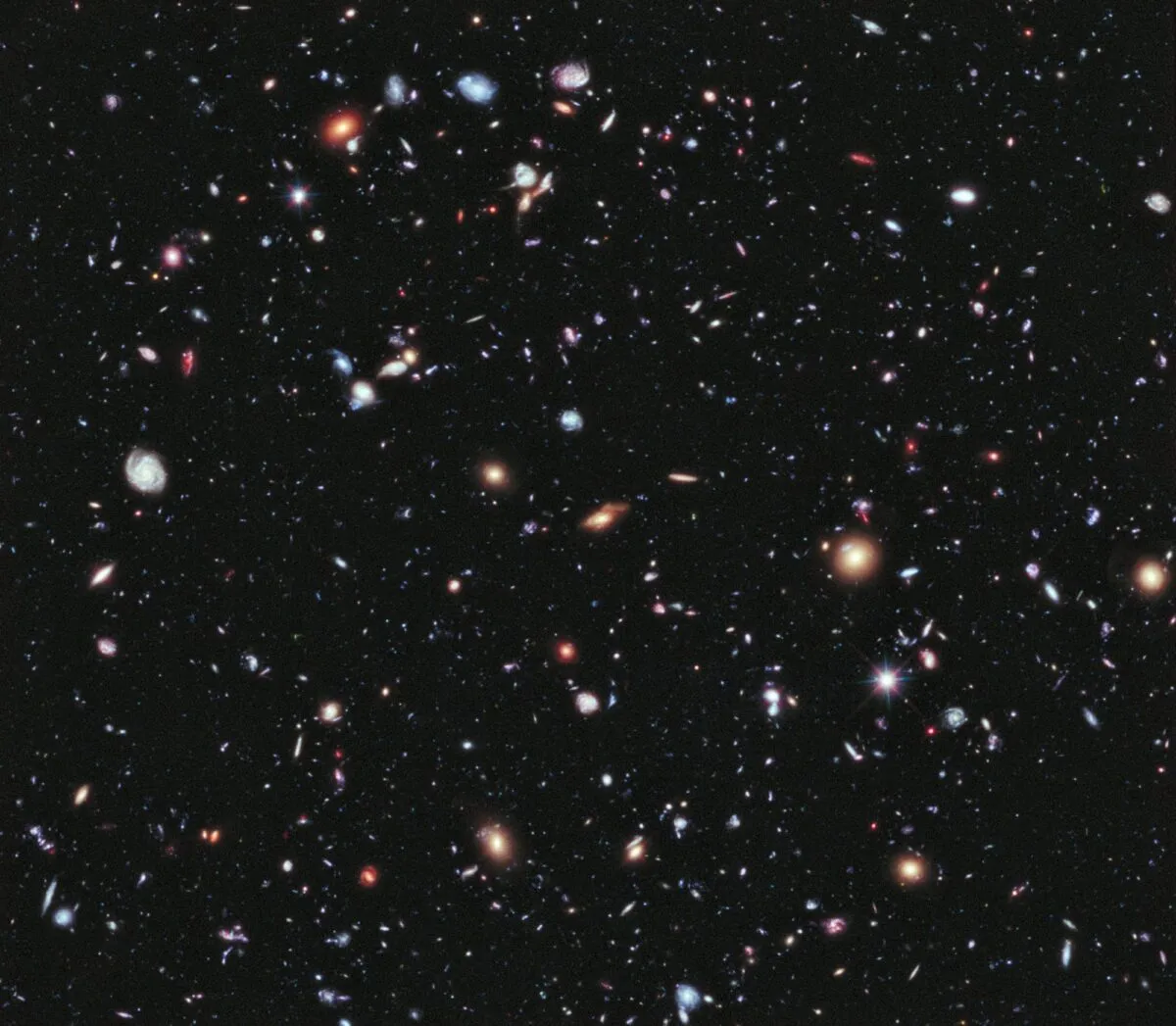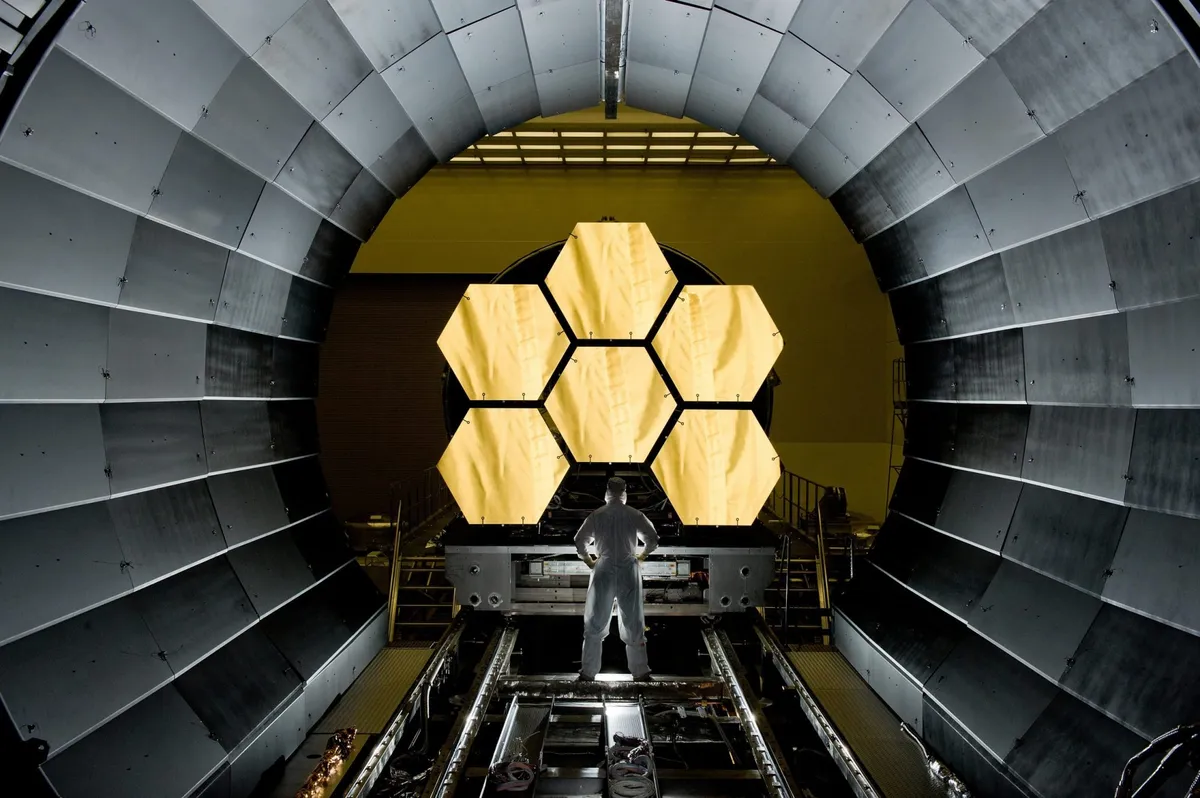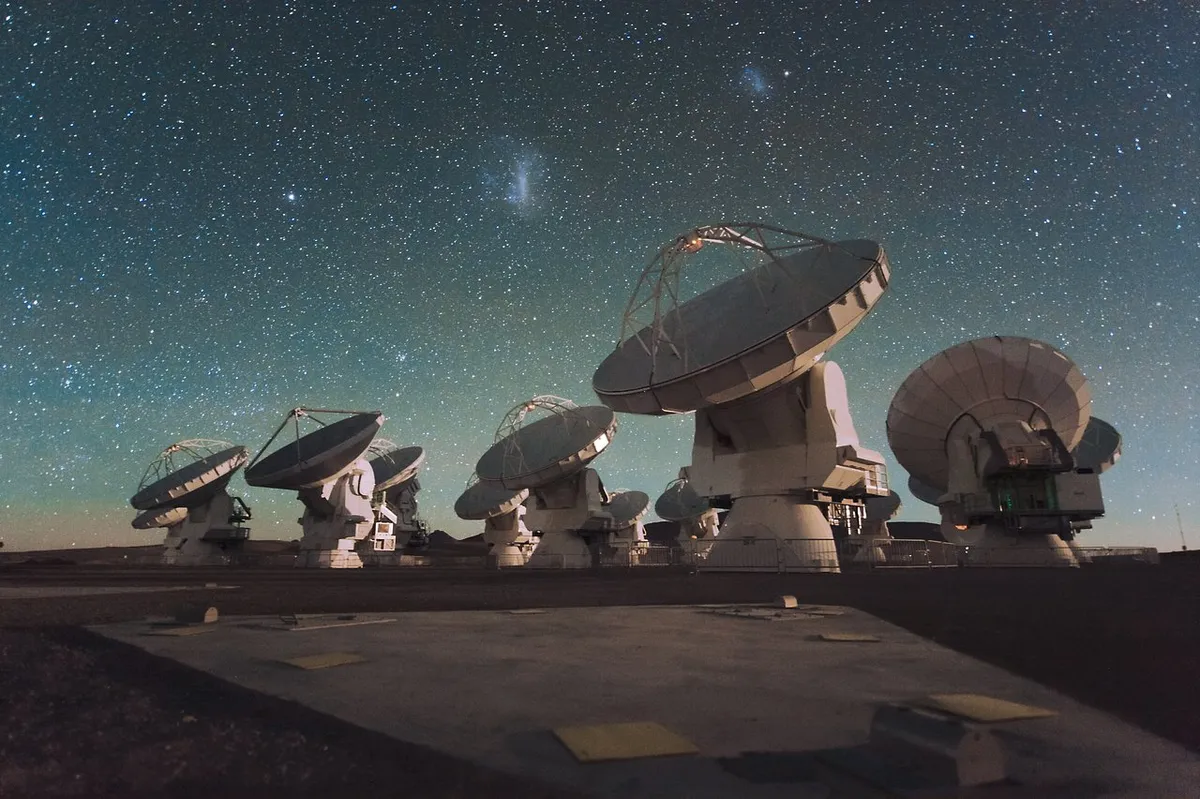The most important science that the James Webb Telescope (JWST) will do has not been thought of yet.
That might sound strange for a project decades in the planning, but every time we open a new window on the Universe we find things we didn’t expect, and new uses for telescopes not dreamed of while they were being built.
Take the most famous images produced by the Hubble Space Telescope, the ‘Deep Fields’, the results of staring hard at an apparently anodyne patch of sky to reveal thousands of distant galaxies.

Not part of the original plan, this type of observation is now so important that one of the largest projects for JWST in its first year is a 121 hour-long observation of the same patch of sky.
The NGDEEP (Next Generation Deep Extragalactic Exploratory Public) proposal adds infrared imaging – JWST’s speciality – to the optical and ultraviolet observations we already have from Hubble.
It’s hoped that observations in infrared will let the new telescope see further and deeper, catching the era when the first galaxies are assembling.
The larger collecting area provided by JWST’s 6.5m mirror (which dwarfs Hubble’s) will let us see lower mass galaxies.
We may even see the sites where the first black holes are just forming.

There is plenty more for galaxy enthusiasts to get excited about in the first tranche of observations.
Take the case of the PRIMER (Public Release IMaging for Extragalactic Research) survey, which covers the area of the sky previously observed by major Hubble space telescope surveys.
As for other proposals, adding infrared images will tell us much more about galaxies we already know.
But the real prize will be the 80,000 or so new systems which haven’t ever been detected.
This population shows that over most of the Universe’s history, JWST will be revealing the bulk of the galaxy population, showing us normal systems, rather than the spectacular starbursts and massive systems that shine brightly enough to be in our catalogues already.

Moving closer to home, a proposal most likely to create spectacular images is one led by Janice Lee, which will compile images of 19 nearby galaxies.
Together with ground-based telescopes like ALMA (above), for the first time we should be able to see exactly where star formation is happening in these systems.
In the Milky Way itself, there are proposals to target known protostars. In these investigations, it will be JWST’s ability to use a type of instrument called an IFU (integral field unit), which takes a picture and multiple spectra at the same time.
We know that star formation is a complicated process, as winds and activity from the newly formed star interact with the protoplanetary disc and still collapsing cloud.
So these observations will help us understand what’s going on inside stellar nurseries.
From distant galaxies to the newest stars in our neighbourhood, there is a lot to look forward to. But don’t forget the power of surprise.
The majority of JWST observations haven’t even been dreamt of yet.
For more on the on the JWST Cycle 1 Go proposals visit www.stsci.edu
This article originally appeared in the February 2022 issue of BBC Sky at Night Magazine.
